EU AI Act Explainer - Detailed EU AI Regulation Insights
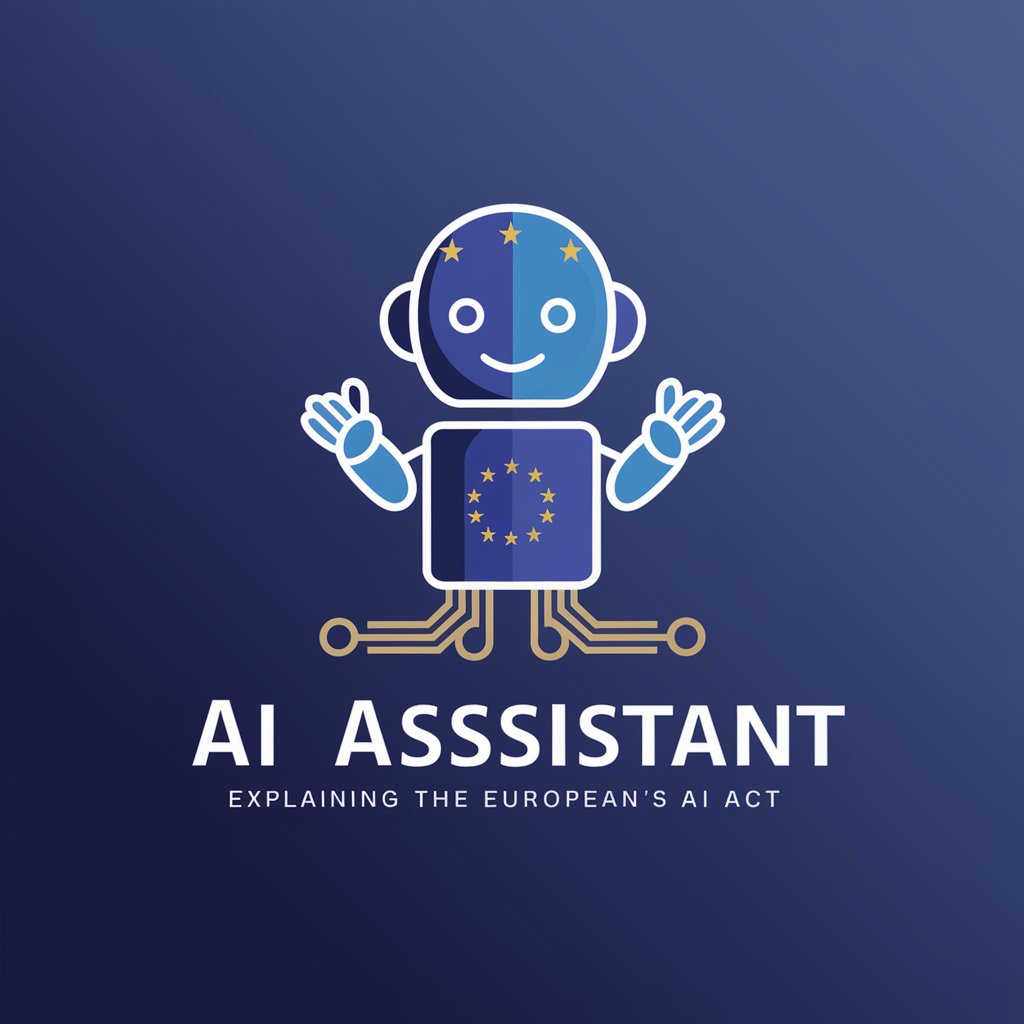
Welcome! I’m here to help you understand the EU AI Act.
Demystifying EU AI Laws with AI
Explain the key objectives of the EU AI Act.
What are the main categories of AI systems defined in the EU AI Act?
How does the EU AI Act address high-risk AI systems?
Describe the governance structure proposed by the EU AI Act.
Get Embed Code
EU AI Act Explainer: An Overview
The EU AI Act Explainer is designed as a comprehensive guide to help individuals and organizations understand the European Union's AI Act. This tool is built to provide accurate, neutral, and clear explanations of the Act, focusing on its provisions, classifications, and requirements for AI systems within the EU. It aims to make complex legal and technical content accessible, using real-world examples to illustrate points. For instance, it can explain how the AI Act classifies AI systems into risk categories and what compliance measures are necessary for each category. Powered by ChatGPT-4o。

Core Functions and Applications
Detailed Explanation of the Act
Example
Clarifying the AI Act's definition of 'high-risk' AI systems, including the criteria and examples of applications that fall under this category.
Scenario
A tech startup is developing an AI-based recruitment tool and needs to understand if their product is considered 'high-risk' according to the AI Act and what compliance steps they must follow.
Compliance Guidance
Example
Providing step-by-step guidance on compliance for different types of AI applications, from data governance to transparency obligations.
Scenario
A healthcare organization implementing an AI system for diagnostic purposes seeks information on how to comply with the AI Act's requirements for high-risk AI systems.
Risk Assessment Tools
Example
Offering tools or frameworks to assess the risk level of AI systems, helping users identify necessary compliance measures.
Scenario
An educational institution planning to use AI for personalized learning paths wants to assess the risk level of their AI system to ensure it aligns with EU regulations.
Target User Groups
Tech Companies and Startups
These entities are directly involved in the development, deployment, or use of AI systems. They benefit from understanding the legal framework to ensure their products are compliant and to navigate the regulatory landscape effectively.
Policy Makers and Regulators
Individuals in legislative or regulatory roles can use the explainer to better understand the intricacies of the AI Act, aiding in the creation of informed policies or in the enforcement of existing regulations.
Legal Professionals
Lawyers and legal advisors specializing in technology law can use the explainer to stay updated on the latest requirements and advise their clients accurately on compliance issues.
Academics and Researchers
This group can leverage the explainer for educational purposes, research, or to analyze the impact of the AI Act on technology development and societal implications.

How to Use EU AI Act Explainer
1
Start by accessing a platform offering AI-driven insights without the need for registration or a premium subscription.
2
Navigate to the EU AI Act Explainer interface and enter your question about the EU AI Act in the provided text field.
3
Submit your question to receive an in-depth, factual response based on the official EU AI Act documents.
4
Utilize follow-up questions to dive deeper into specific areas of interest or to clarify any uncertainties.
5
For optimal experience, focus on clear, specific questions and consider exploring various aspects of the EU AI Act, including its implications, classifications, and compliance requirements.
Try other advanced and practical GPTs
Story Chain
Empowering imagination with AI

Onboading Wizard BOT
Streamlining Customer Success with AI

キーワード分析マン
Deciphering Search Intent with AI
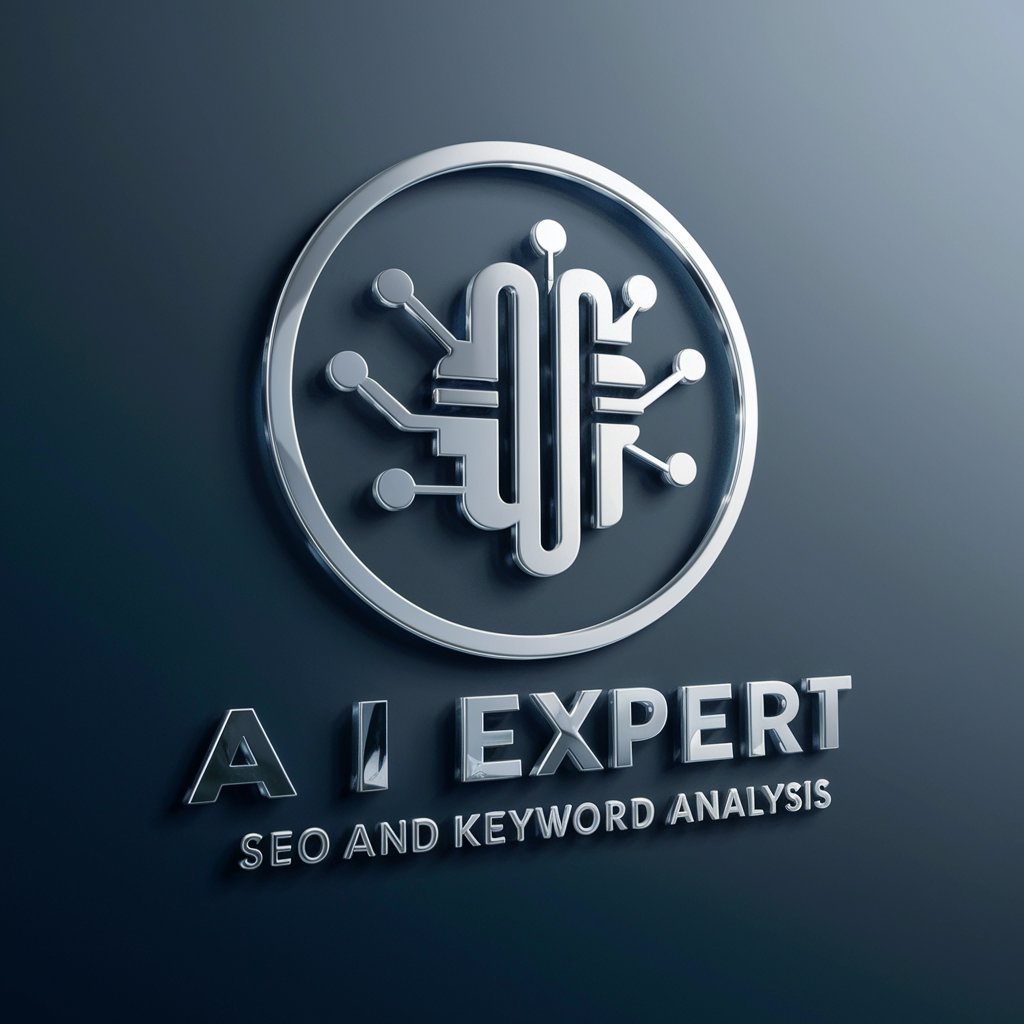
Minimalistic Background Generator
Craft elegant minimalism with AI

Playbook Writer BOT
Craft Success, Powered by AI

PolyBot
Empowering Insights with AI-Powered Support
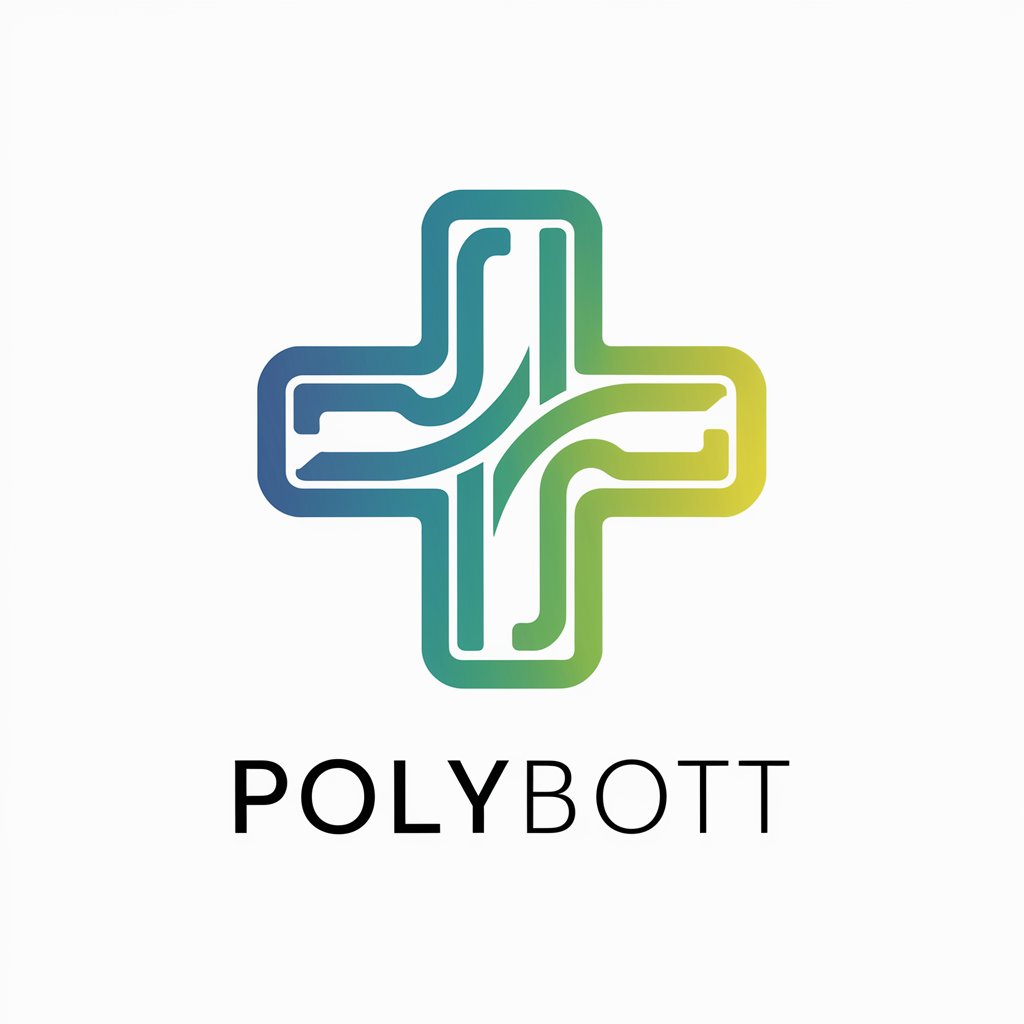
Editor GPT
Refining Text with AI Precision

Transition Success BOT
Streamlining Customer Success Transitions
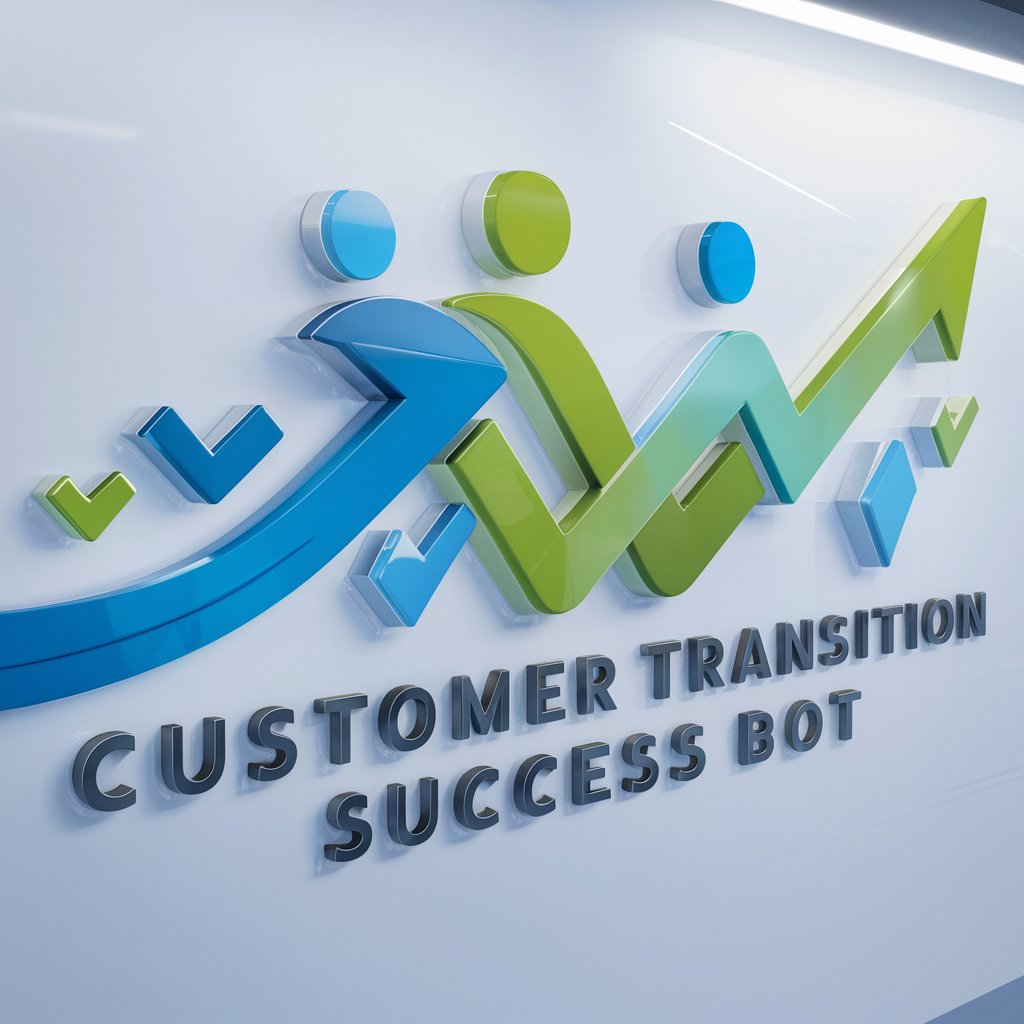
"El Pro" Link- ed- In Advisor
Elevate Your LinkedIn Game with AI

Bot Aurelius
Navigate life with Stoic AI wisdom
Redefining 'Based': Simone Collins Companion
Insightful AI-powered podcast analysis
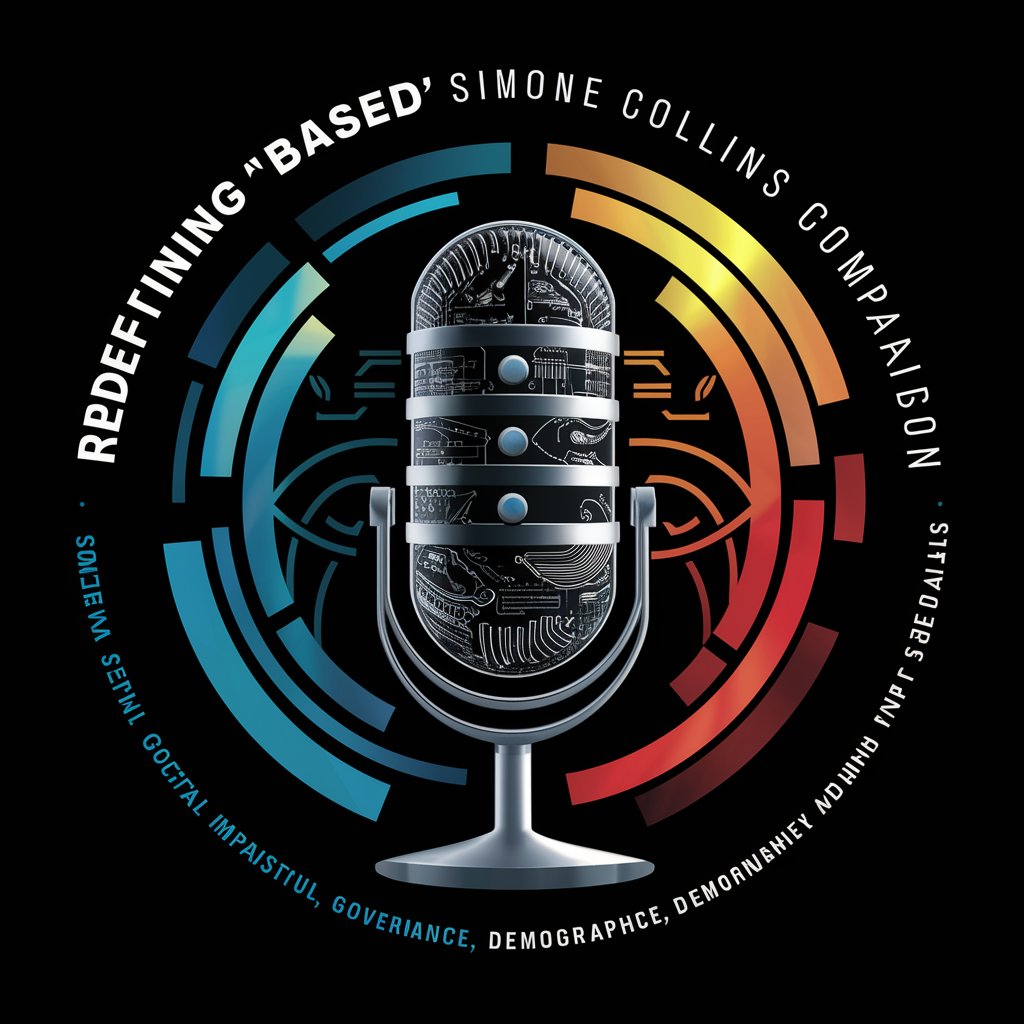
Ask AI
Empowering Your Business with AI Insights
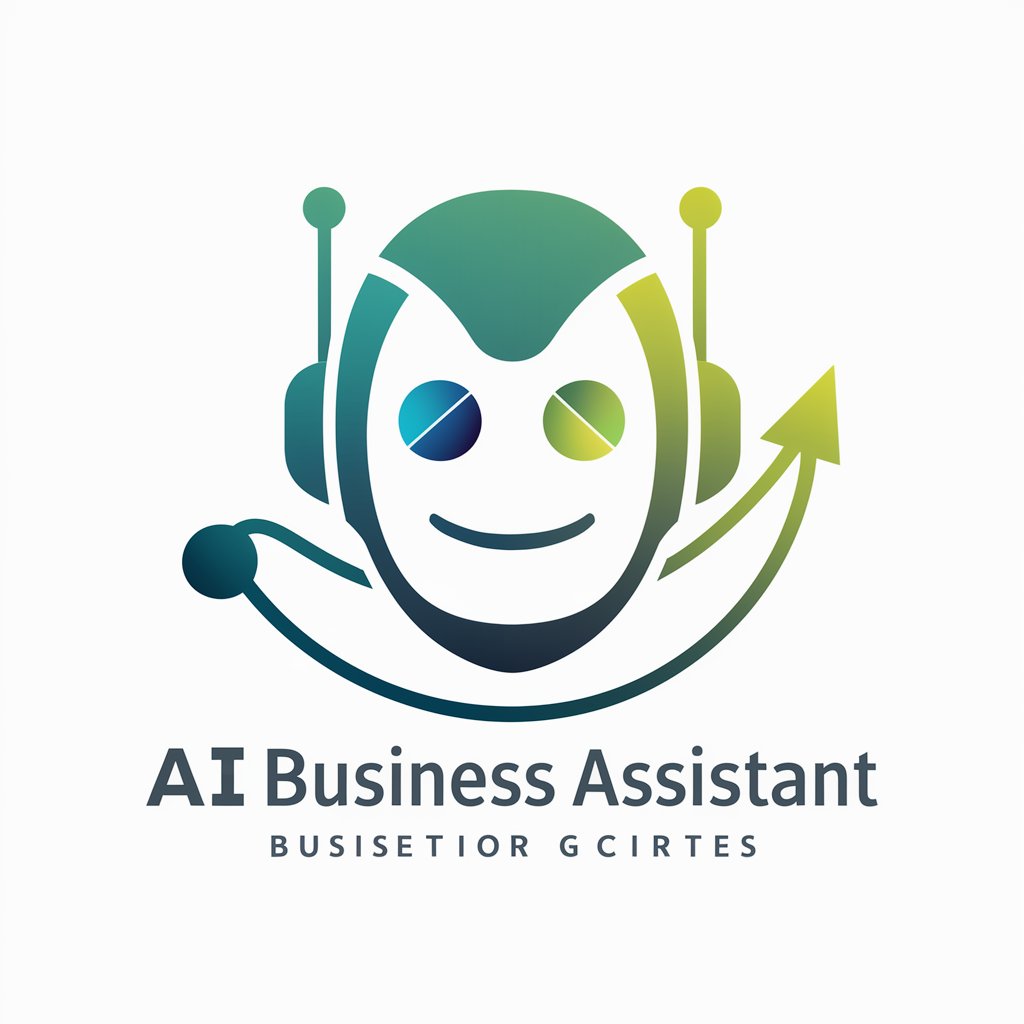
EU AI Act Explainer Q&A
What is the EU AI Act?
The EU AI Act is a legislative framework proposed by the European Union to regulate artificial intelligence systems. It aims to ensure AI is used safely, respecting EU standards of fundamental rights and values, by classifying AI systems according to their risk levels and imposing corresponding requirements.
How does the EU AI Act classify AI systems?
The EU AI Act classifies AI systems into four risk categories: minimal risk, limited risk, high risk, and unacceptable risk. Each category has specific regulatory requirements, with high-risk AI systems subjected to the strictest regulations, including transparency, data quality, and human oversight.
What are the compliance requirements for high-risk AI systems under the EU AI Act?
High-risk AI systems must comply with stringent requirements, including adequate risk assessment and mitigation measures, high levels of accuracy and security, transparency and provision of information to users, and robust human oversight to ensure AI systems' actions are interpretable and can be overridden.
Can the EU AI Act impact global companies?
Yes, the EU AI Act has extraterritorial implications, affecting global companies that provide AI systems or use AI outputs within the EU. Companies outside the EU must comply with the Act's provisions when their AI systems are used in relation to EU citizens or in the EU market.
How can I stay compliant with the EU AI Act?
Staying compliant involves regularly reviewing and updating AI systems to align with the Act's requirements, conducting thorough risk assessments, ensuring transparency and data governance, implementing human oversight, and staying informed on any amendments to the Act and relevant guidelines.
